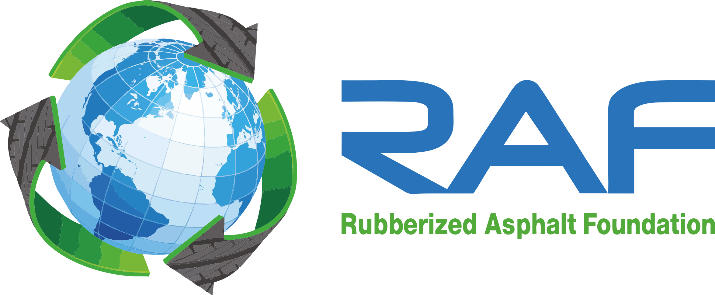This paper discusses the design and construction of two recently completed projects. One project represents the largest tonnage of asphalt-rubber placed as part of a highway chip sealing operation in Arizona. The other project describes a related asphalt rubber like seal coat project placed in a residential area. These two specific project case studies provide substantial detail about the application of asphalt-rubber chip seal and polymer modified asphalt rubber two layer pavement preservation system (double chip seal). The paper describes the initial pavement preservation concept introduction to each specifying agency, drafting of specifications, project advertisement, bidding and the construction of each project. Although only these two projects are reviewed they represent asphalt-rubber pavement preservation systems that have become viable alternative strategies when considering pavement preservation of severely deteriorated asphaltic concrete pavements that have very little remaining options for rehabilitation.
Focus is directed towards these two specific projects, the binder/chip seal design and application techniques which were specified to successfully complete these two very important projects. Further discussion reviews the life cycle cost benefit associated with each project, along with initial cost compared to alternative construction methods, in-place performance under traffic and the varied climatic conditions associated with each project. Pre-existing pavement condition will also be discussed as part of the determining factor(s) for materials application rates and construction procedures which have proven to effect long term performance.
